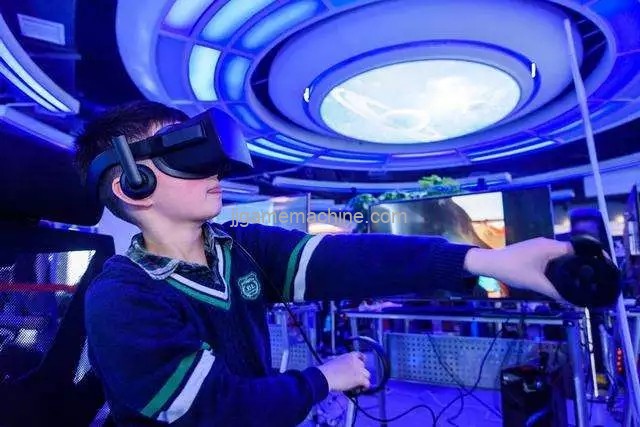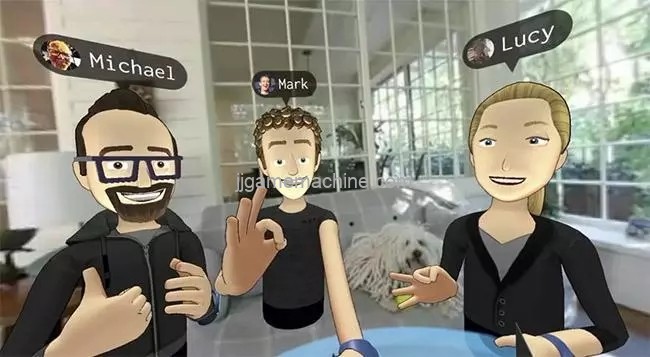PRODUCTS
- Electric car
- Fight games
- Entertainment machine
- Kiddie rides
- Amusement rides
- Kid racing games
- Kid shooting games
- Redemption games
- VR machine
- Inflatable Products
- Interactive Sports Projects
- interactive projection
- Claw machine
- Vending machine
- Playground Equipment
- Pinball machine
- Arcade machine
- Music machine
- Sports machine
- Dance machine





